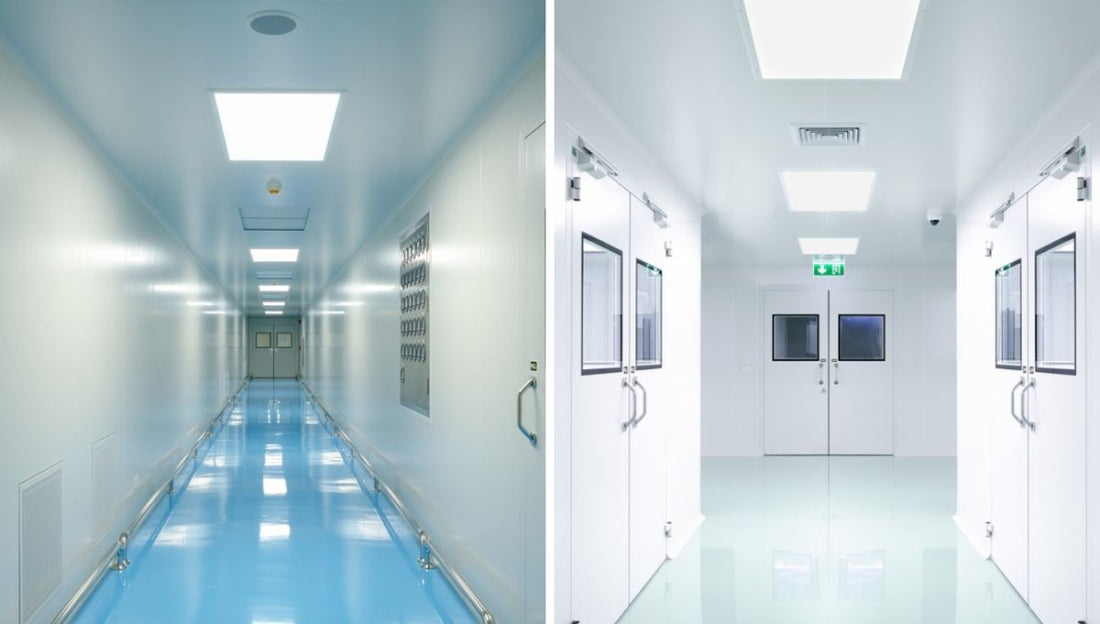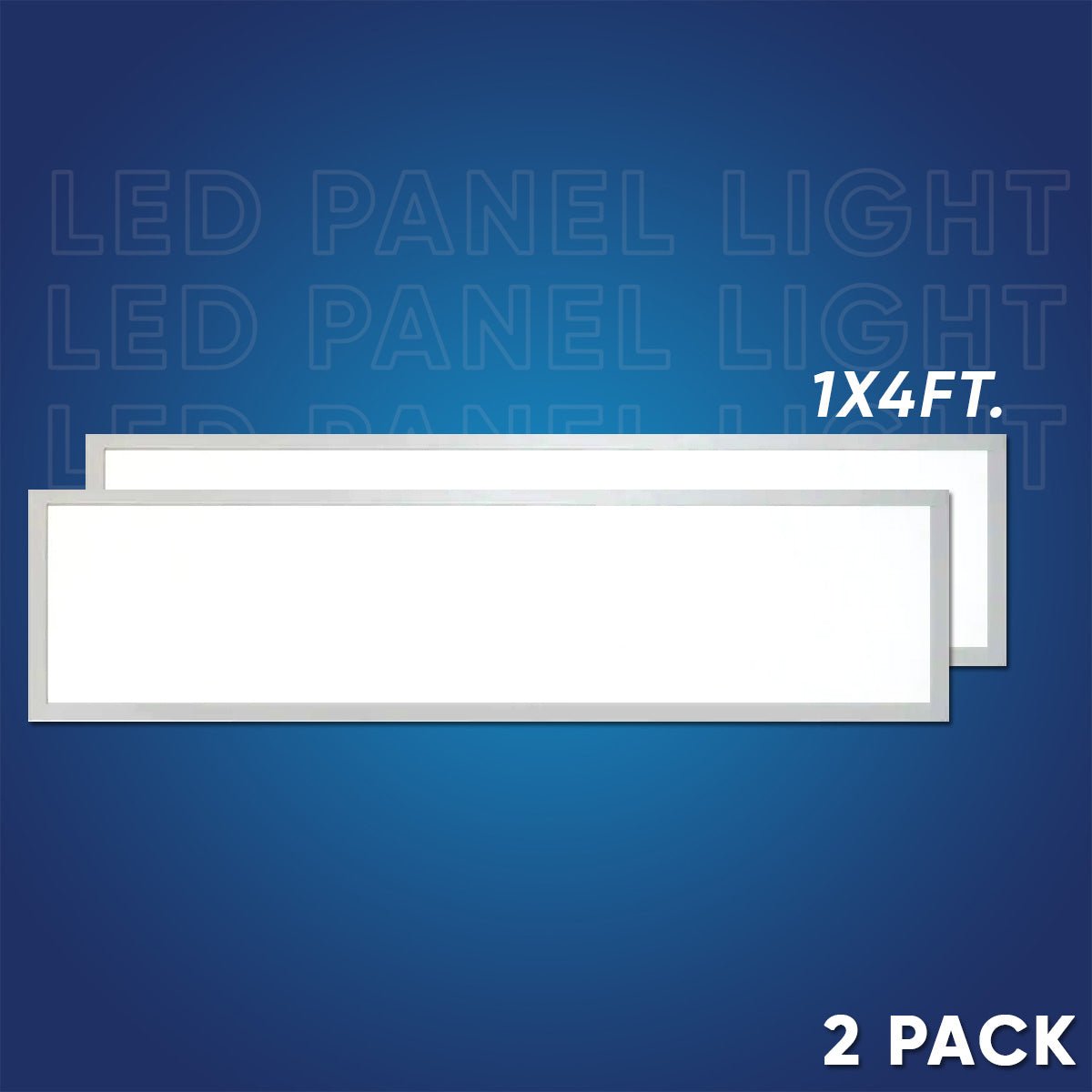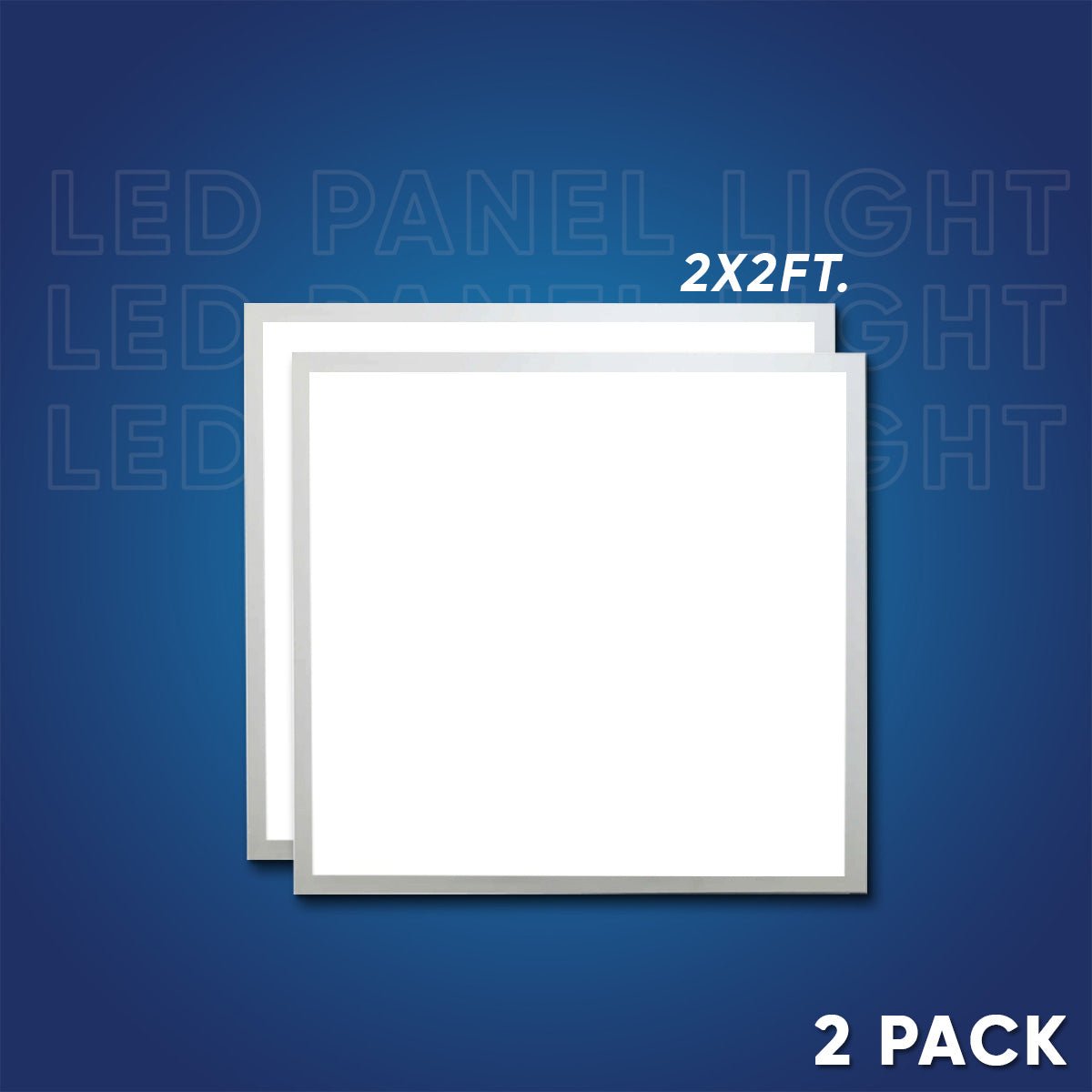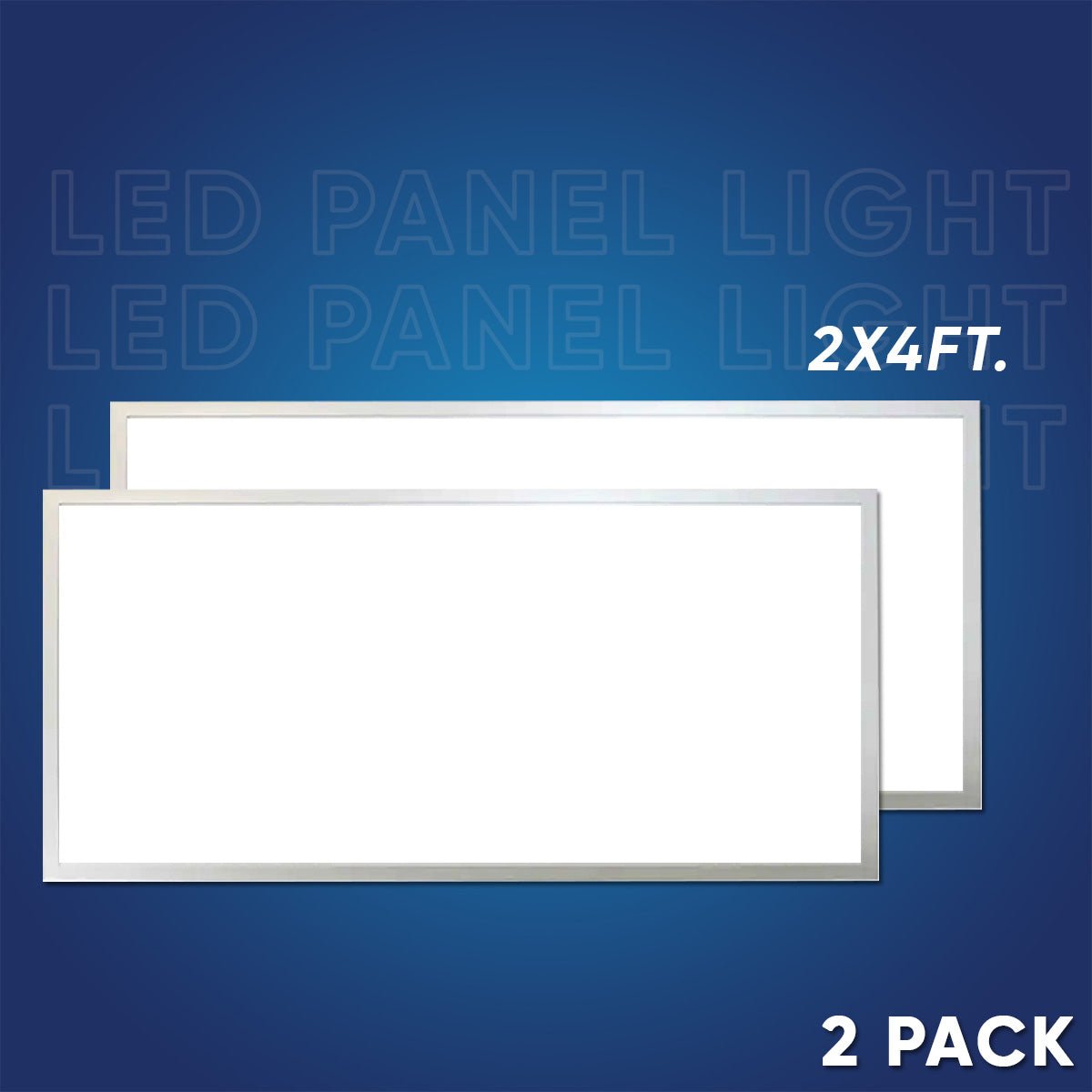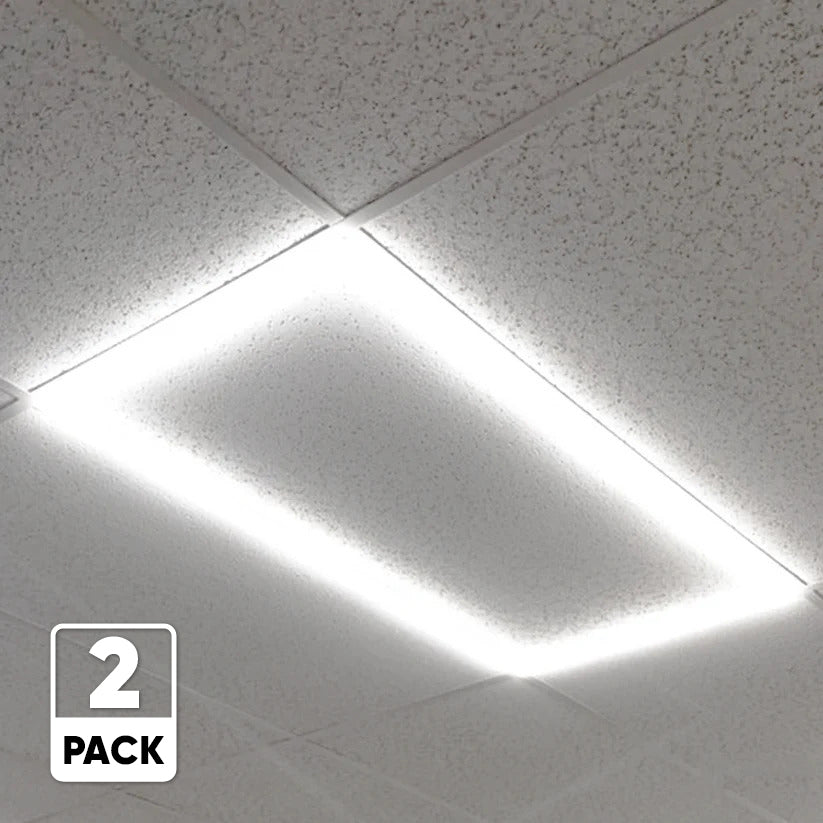In today's world of lighting solutions, LED panel lights have emerged as one of the most popular choices due to their energy efficiency, versatility, and sleek design. Whether you're upgrading your office space, renovating your home, or setting up a retail store, selecting the right LED Panel Lights can significantly enhance the ambiance and functionality of your environment. However, with a plethora of options available in the market, choosing the best LED panel lights for your space can be overwhelming. This comprehensive guide aims to simplify the selection process by highlighting key factors to consider and providing practical tips for making an informed decision.
Table of Contents
|
Understanding the Importance of LED Panel Lights
LED panel lights are an integral part of modern lighting design, offering numerous benefits over traditional lighting solutions such as incandescent and fluorescent bulbs. They provide uniform illumination, reduce glare, and consume significantly less energy, making them both environmentally friendly and cost-effective in the long run. Moreover, LED panel lights come in various shapes, sizes, and color temperatures, allowing for customization to suit different settings and preferences.
Factors to Consider Before Choosing LED Panel Lights
Energy Efficiency
One of the primary advantages of LED panel lights is their energy efficiency. When comparing different models, look for products with high lumens per watt (lm/W) ratings, indicating greater efficiency in converting electricity into visible light. Choosing energy-efficient LED panel lights not only reduces electricity bills but also minimizes environmental impact.
Brightness and Color Temperature
The brightness and color temperature of LED panel lights play a crucial role in creating the desired ambiance and visual comfort. Consider the lighting requirements of your space and select lights with appropriate brightness levels measured in lumens (lm) and color temperatures measured in Kelvin (K). Warm white (3000K) is suitable for cozy environments, while cool white (5000K) is ideal for task-oriented areas.
Size and Shape
LED panel lights are available in various sizes and shapes to accommodate different installation requirements and aesthetic preferences. Measure the dimensions of your ceiling or wall space accurately and choose panels that fit seamlessly without overcrowding or leaving gaps. Additionally, consider the shape of the panels – square, rectangular, or round – to complement the design scheme of your space.
Installation Options
Depending on the layout and structure of your space, you may opt for recessed, surface-mounted, or suspended installation methods for LED panel lights. Each option offers unique advantages in terms of aesthetics, ease of installation, and flexibility. Assess your space and choose the most suitable installation option that enhances the overall appearance and functionality.
Dimming Capability
Flexibility in lighting control is essential for creating different moods and adjusting illumination levels according to specific activities or occasions. Look for LED panel lights with dimming capabilities, allowing you to adjust brightness levels effortlessly using compatible dimmer switches or controllers. Dimmable panels offer versatility and customization options to meet diverse lighting needs.
Types of LED Panel Lights
LED panel lights are available in three main types, each offering distinct features and benefits:
Edge-Lit Panels
Edge-lit panels feature LED chips positioned along the edges of the panel, directing light towards the center through a light guide plate. These panels are slim, lightweight, and produce uniform illumination with minimal glare. Edge-lit panels are suitable for various indoor applications, including offices, conference rooms, and residential spaces.
Back-Lit Panels
Back-lit panels consist of LED chips distributed evenly across the entire surface of the panel, providing uniform illumination without hotspots or shadows. These panels offer excellent light distribution and color consistency, making them ideal for commercial environments such as retail stores, hospitals, and educational institutions.
Surface-Mounted Panels
Surface-mounted panels are designed to be installed directly onto ceilings or walls without the need for recessed mounting. These panels are versatile, easy to install, and compatible with a wide range of architectural styles. Surface-mounted LED panel lights are popular choices for residential kitchens, hallways, and corridors.
Assessing the Quality of LED Panel Lights
When evaluating different LED panel lights, consider the following factors to ensure high quality and performance:
Lifespan and Warranty
Choose LED panel lights with a long lifespan (typically 50,000 hours or more) and a reliable warranty to ensure durability and peace of mind. Manufacturers that offer extended warranties demonstrate confidence in the quality and longevity of their products.
Color Rendering Index (CRI)
The color rendering index (CRI) indicates the accuracy of colors rendered by the light source compared to natural sunlight. Select LED panel lights with a high CRI (preferably 80 or above) for true-to-life color representation, particularly in spaces where color accuracy is critical, such as art galleries, retail stores, and makeup studios.
Uniformity of Light Distribution
Uniform light distribution is essential for eliminating dark spots and ensuring consistent illumination across the entire space. Test LED panel lights for uniformity by observing the light output at different angles and distances. Panels with advanced optics and diffusers provide superior light uniformity and visual comfort.
Flicker-Free Technology
Flickering light can cause discomfort, eyestrain, and headaches, especially in environments where lighting is used for extended periods. Choose LED panel lights equipped with flicker-free technology to minimize flicker and ensure stable, comfortable illumination. Flicker-free panels enhance visual comfort and promote productivity in workspaces and educational facilities.
Budget Considerations
While LED panel lights offer long-term savings in terms of energy efficiency and maintenance costs, it's essential to consider your budget constraints when making a purchase decision. Evaluate the initial cost of LED panels, installation expenses, and potential savings in energy bills over time. Balance cost considerations with the quality, features, and performance of the LED panel lights to maximize value for money.

Environmental Impact
In addition to economic benefits, LED panel lights contribute to environmental sustainability by reducing energy consumption and carbon emissions. Choose energy-efficient LED panels certified by reputable organizations such as ENERGY STAR or DesignLights Consortium (DLC) to minimize environmental impact. Additionally, explore options for recycling or responsible disposal of old LED panels to minimize waste and support eco-friendly practices.
Popular Brands and Customer Reviews
Researching reputable brands and reading customer reviews can provide valuable insights into the quality, performance, and reliability of LED panel lights. Look for brands with a proven track record of innovation, durability, and customer satisfaction. Consider factors such as product variety, warranty terms, and after-sales support when comparing different brands and models. Customer reviews offer firsthand experiences and recommendations that can help you make an informed decision based on real-world feedback.
Conclusion
Choosing the best LED panel lights for your space requires careful consideration of various factors, including energy efficiency, brightness, installation options, quality, budget, and environmental impact. By understanding your lighting needs, evaluating different options, and prioritizing features that align with your preferences and requirements, you can select LED panel lights that enhance the ambiance, functionality, and visual appeal of your environment. Whether you're illuminating a commercial office, residential apartment, or retail showroom, investing in high-quality LED panel lights ensures long-term satisfaction, cost savings, and sustainability.
FAQs
-
Are LED panel lights suitable for residential use?
- Yes, LED panel lights are versatile and suitable for various residential applications such as kitchens, living rooms, bedrooms, and hallways. They offer energy efficiency, uniform illumination, and customizable features to enhance the ambiance and functionality of residential spaces.
-
Can LED panel lights be installed in outdoor environments?
- While some LED panel lights are designed for indoor use only, there are weatherproof and waterproof options available for outdoor applications. It's essential to choose panels specifically rated for outdoor use and ensure proper installation to withstand environmental conditions such as moisture, dust, and temperature fluctuations.
-
Do LED panel lights require special maintenance?
- LED panel lights are relatively low-maintenance compared to traditional lighting solutions. However, occasional cleaning of the panels and inspection of electrical connections are recommended to ensure optimal performance and longevity. Follow manufacturer guidelines for maintenance procedures and safety precautions.
-
Can LED panel lights be dimmed without flickering?
- Yes, many LED panel lights are equipped with dimming capabilities and flicker-free technology, allowing for smooth and seamless adjustment of brightness levels. It's essential to use compatible dimmer switches or controllers designed for LED lighting to prevent flickering and ensure stable dimming performance.
-
Are there government incentives for switching to LED panel lights?
- In many countries, governments offer incentives, rebates, or tax credits to encourage energy-efficient lighting upgrades, including LED panel lights. Check with local authorities, utility companies, or energy efficiency programs to explore available incentives and eligibility criteria for switching to LED lighting solutions.















































































